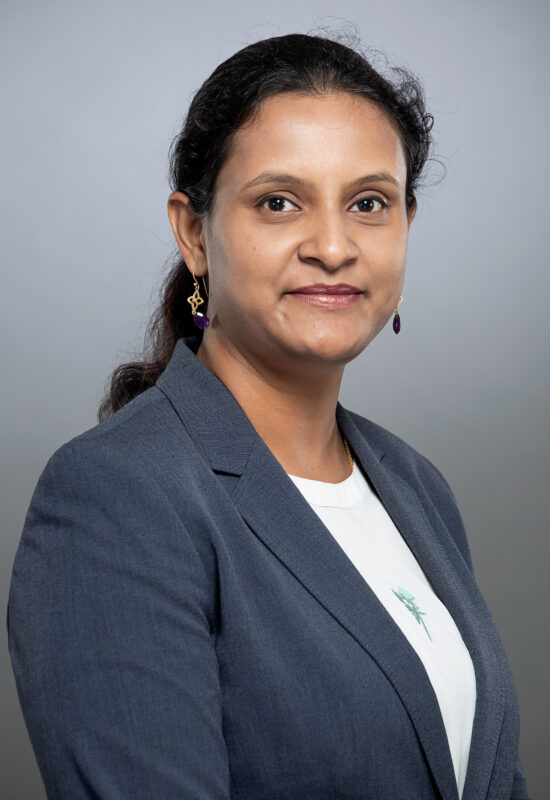Last Updated on August 30, 2023 by Shabnam Sengupta
While so many of us wake up fresh every morning all gung-ho about the day ahead, Forty-three-year-old Smita Saraf (name changed for confidentiality) feels exhausted and dispirited. Her knees, wrists and back hurt immensely but somehow she drags herself out of the bed and gets on with the day. There are days when Smita just can’t function. “On a scale of 1-10, the severity level can be taken as 8,” describes Smita.
Smita suffers from Rheumatoid Arthritis or RA, an autoimmune condition in which joints become swollen, inflamed and painful. It is a chronic condition that progresses with age and is reported to affect more women than men. In 2019, a study done by the diagnostic chain – SRL Diagnostics revealed that women had a larger percentage of aberrant ESR (Erythrocyte Sedimentation Rate) than males and that the Rheumatoid factor (RF) levels were also greater in women. ESR and RF are two of the blood tests done to confirm RA.
There is a line of treatment and Smita also pursued it. She started with medications which worsened her irritable bowel syndrome symptoms. For Smita, it’s a double whammy. So, she just pops a painkiller when the pain becomes intolerable. “As a woman one is expected to fulfil certain responsibilities, you can’t sit with pain. There are times when I just don’t want to get up but living with in-laws, it’s not possible. When I was first diagnosed with pain, the entire family was understanding but over time, there is indifference. Even after you have domestic help, living in a two-storey house with two dogs and in-laws means there is still lots to be done and you are expected to do it,” says the 43-year-old interior designer from Bangalore.
Smita is not the only one who suffers from chronic pain. There are millions of women around the world who deal with pain arising from a medical condition and also indifference of the society.
Describing pain is difficult
Pain is that invisible intangible condition that can’t be shown or proved. That cramp, prick, ache arising from an external injury or an internal condition is an unpleasant feeling. It makes you lethargic and grim. According to the International Association for The Study of Pain, women are more likely than men to experience chronic pain. Various studies have demonstrated that women typically deal with more acute, persistent, and repeated pain than men. For instance, fibromyalgia, a syndrome marked by persistent, widespread pain, affects many more women than men (between 80 and 90 per cent of identified cases are female). Irritable bowel syndrome (IBS), rheumatoid arthritis, osteoarthritis, temporomandibular joint disorder (TMJ), persistent pelvic pain, and migraine headaches are other illnesses that disproportionately impact women.

“In a number of conditions, what research has shown or the data available has shown is that even if the extent of the disease is similar in a man or a woman, the level of pain experienced by a woman is higher. It could be attributed to different factors like genetic factors, hormonal influences, and psychological factors. Women experience much more anxiety, fatigue, and stress as compared to men and these tend to increase their pain perception. Also, men have testosterone which is known to have a pain protective effect,” says Dr. Chethana D, Consultant – Rheumatology, Aster CMI Hospital, Bangalore.
Pune-based lawyer Sarvari Rao (name changed to protect identity), lives with fibromyalgia, a rheumatic condition marked by stiffness, soreness, and muscular or musculoskeletal pain at particular body points. She experiences persistent fatigue, sleep disorder and mood swings. When she was first diagnosed with the illness three years ago, her family – husband, two teenage children and mother-in-law who comes every two months to live with them – were empathetic. “I was and still am encouraged to pursue treatment, go regularly for follow-ups, and have my medicines on time but there are times when the pain becomes intense or I am experiencing really bad mood swings, I feel I am not understood and also expected to carry on as usual. My mother-in-law tells me Beta, you need to accept this pain…I have accepted it but others need to understand that despite treatment I can’t function like a normal person, I never can,” says Rao.

Dr Roshan Adappa, Associate Consultant – Anesthesia & Pain Management, Sakra World Hospital, Bangalore, expresses, “There are conditions like fibromyalgia in which women have pain at multiple sites and are associated with fatigue and depression. These conditions are unfortunately brushed aside by their families mainly again due to lack of awareness and many women feel isolated as they feel no one understands their condition. This is seen across the entire socio-economic strata. A strong family support is crucial in managing pain conditions.”
Acknowledgement of pain from their immediate family is important for women. Dr. Adappa points out that pain coping strategies are found to differ between men and women. “While men tend to use behavioural distraction and problem-focused tactics to manage pain, women tend to use a range of coping techniques including social support, positive self-statements, emotion-focused techniques.”
Social and emotional pressure
While working women tend to start their treatment on time, homemakers delay their visits to the doctor. Medical professionals feel it could be due to a number of factors – like psychological, financial, reluctance to express pain and dependence on others. “Things have changed for the better. Women present themselves earlier than usual but still, there are cases where lack of finances, emotional support or social factors wherein women don’t want to express pain as that would further affect their relationship with the family. So, their own health takes a backseat,” feels Dr. Chethana D.
Even though women are afflicted by painful conditions, societal pressure discourages them from expressing it. Empathy and acknowledgement of pain fade away with the passage of time as a result of which many drown into depression and isolation.
Concluding on a sombre note, Dr. Adappa says, “Most women learn to live with the pain. In the long run, it does affect their functionality and the quality of life. They slowly stop doing the things they love and begin to restrict themselves to their houses. The loss of functionality leads to more pain which causes more anxiety and depression which, in turn, causes more pain. It’s a vicious cycle which, we in the pain management department, are trying to break.”
Disclaimer: Medical Science is an ever evolving field. We strive to keep this page updated. In case you notice any discrepancy in the content, please inform us at [email protected]. You can futher read our Correction Policy here. Never disregard professional medical advice or delay seeking medical treatment because of something you have read on or accessed through this website or it's social media channels. Read our Full Disclaimer Here for further information.

